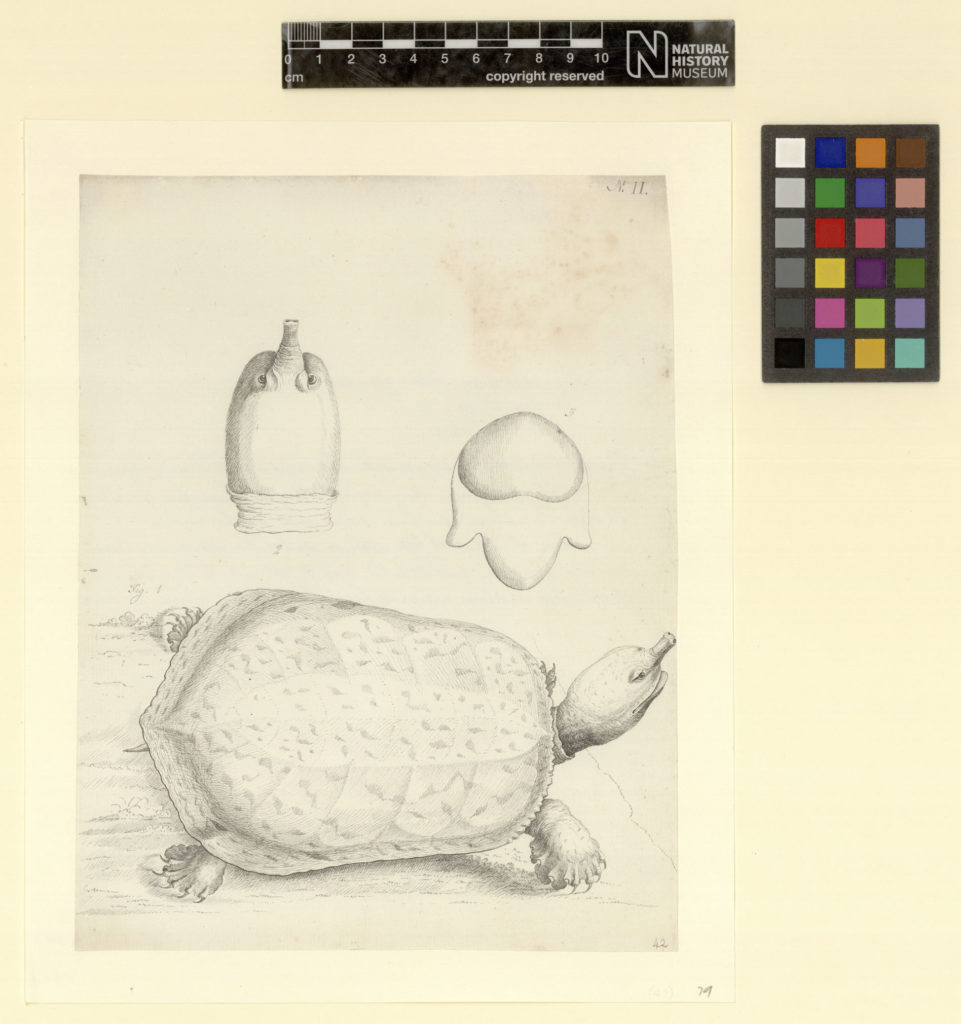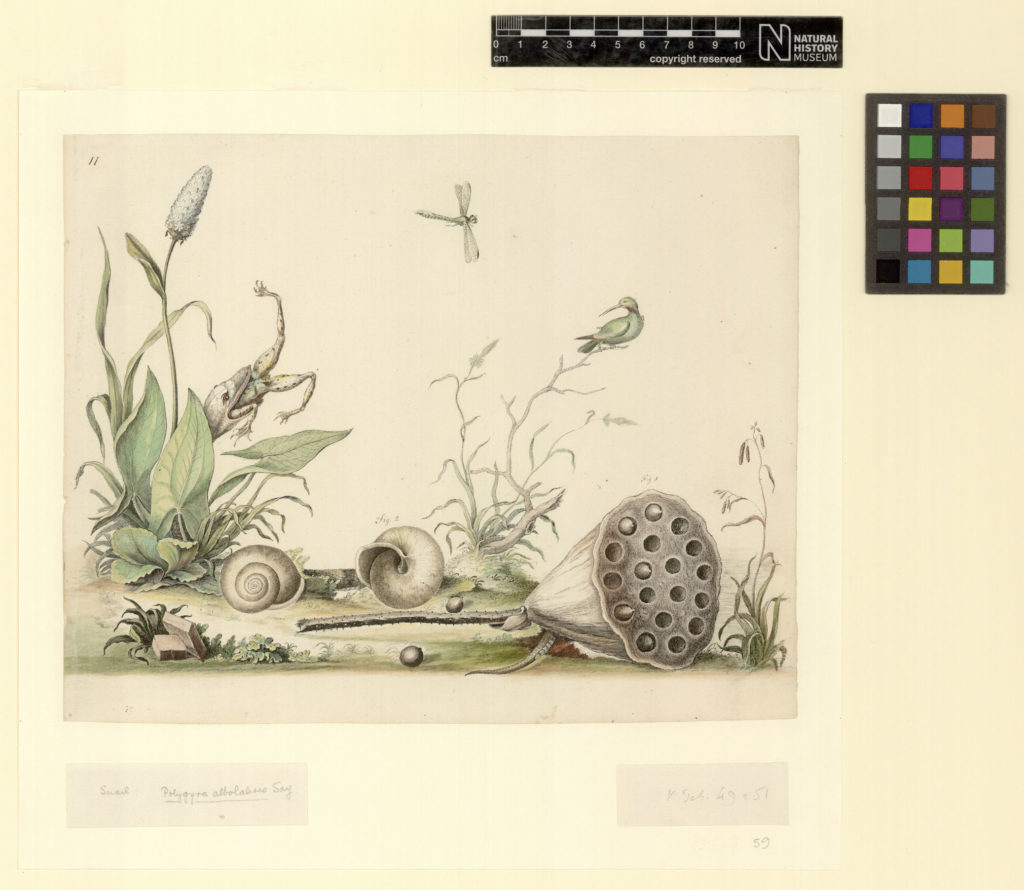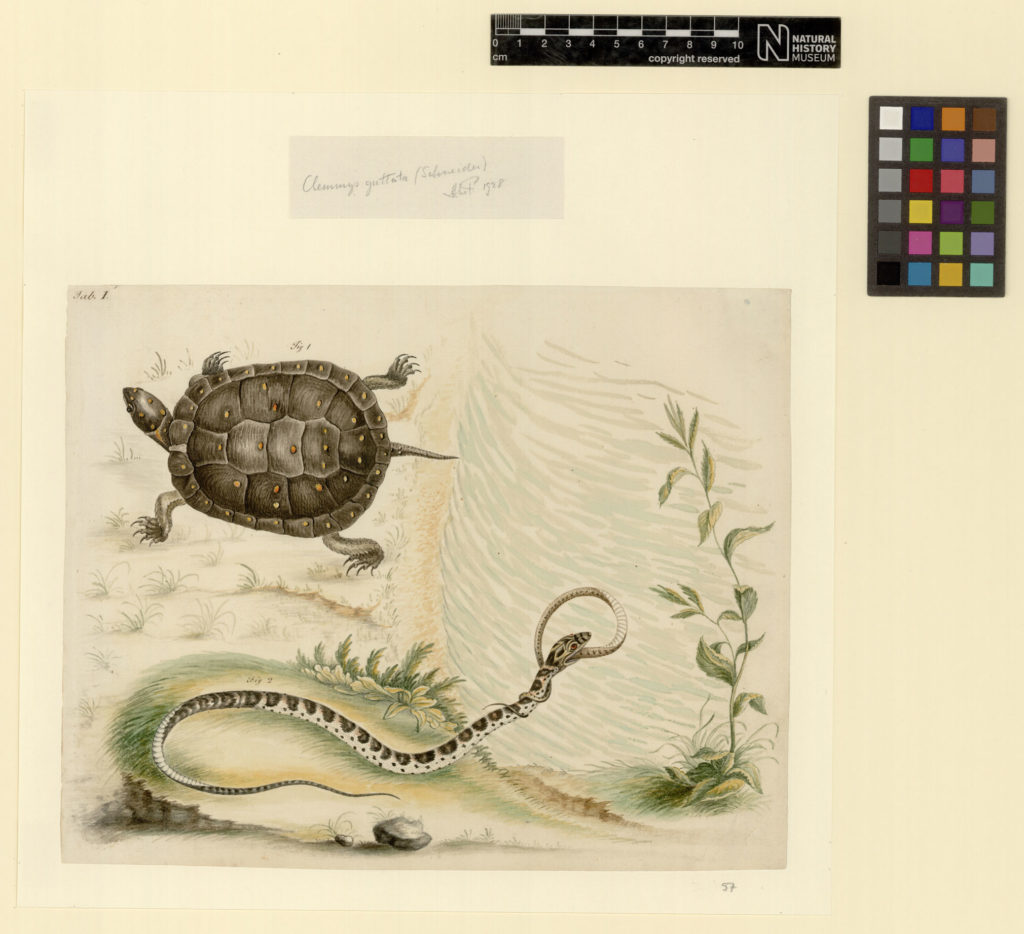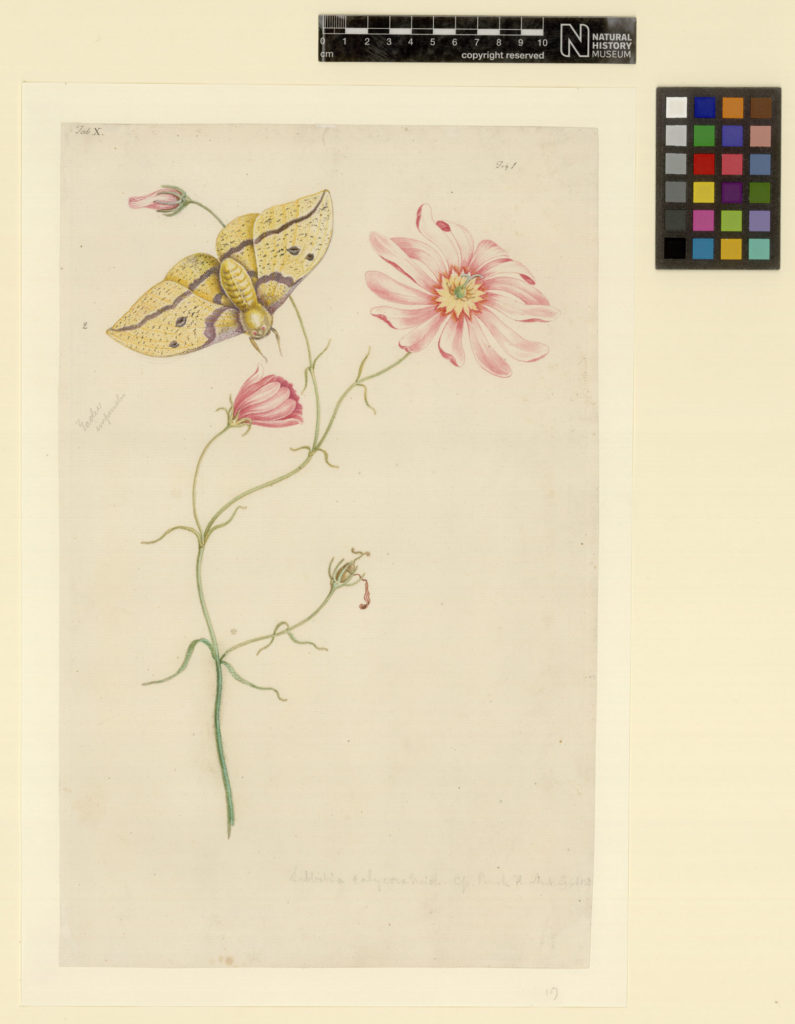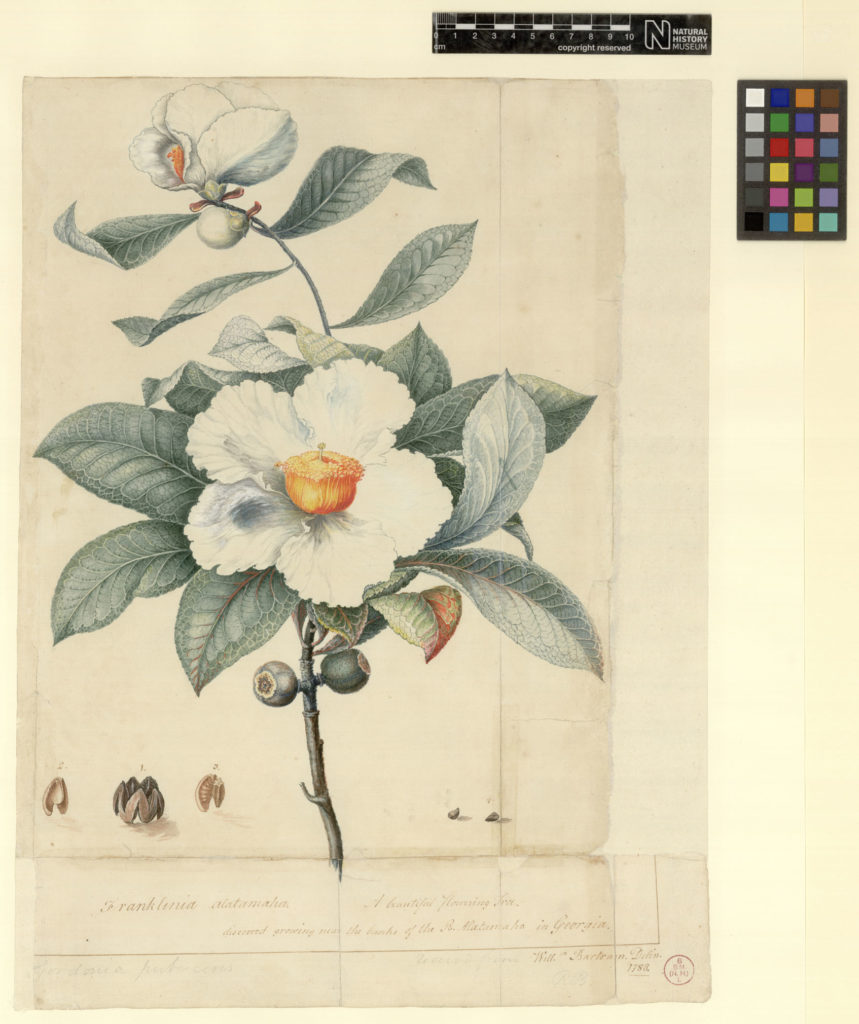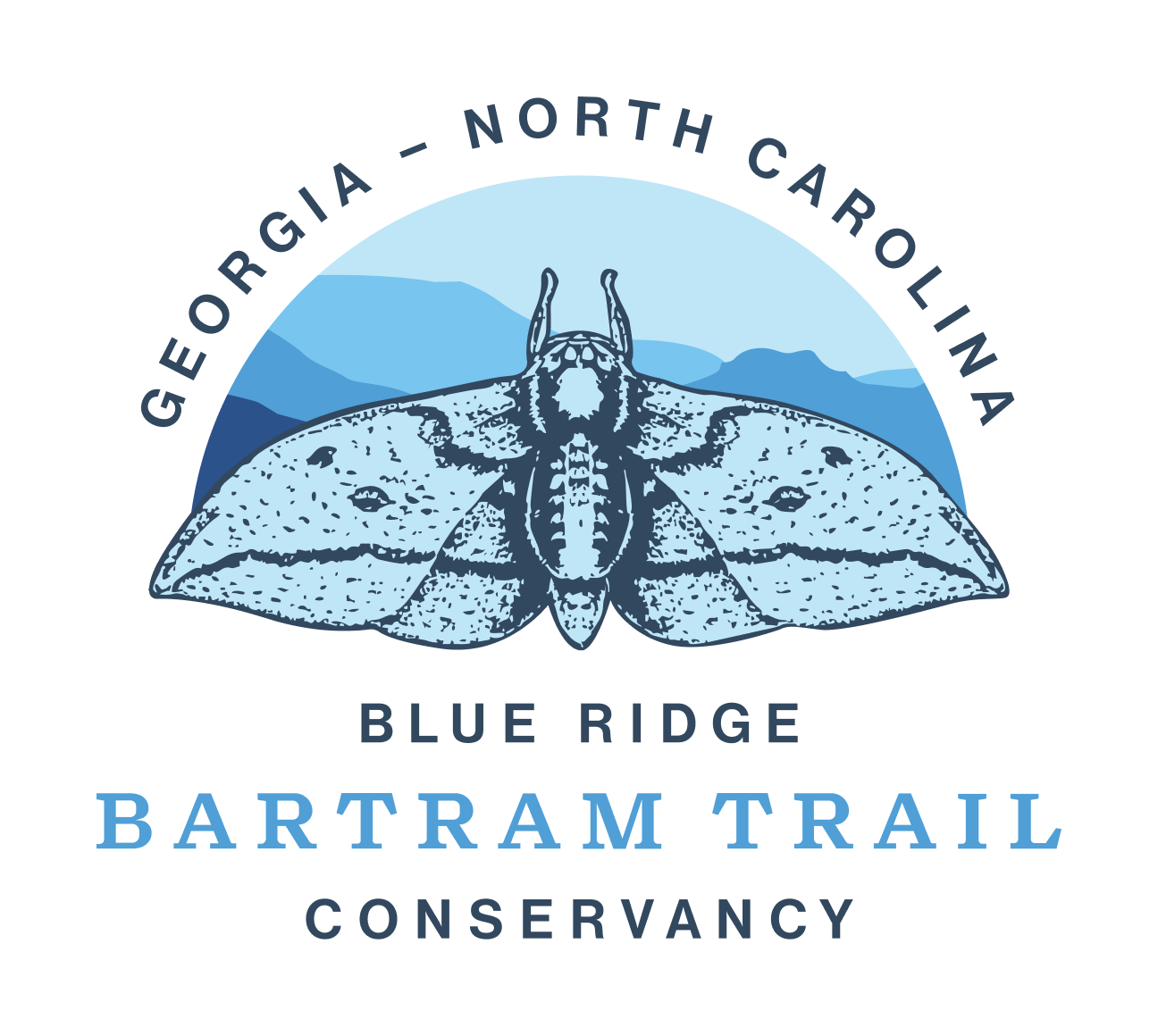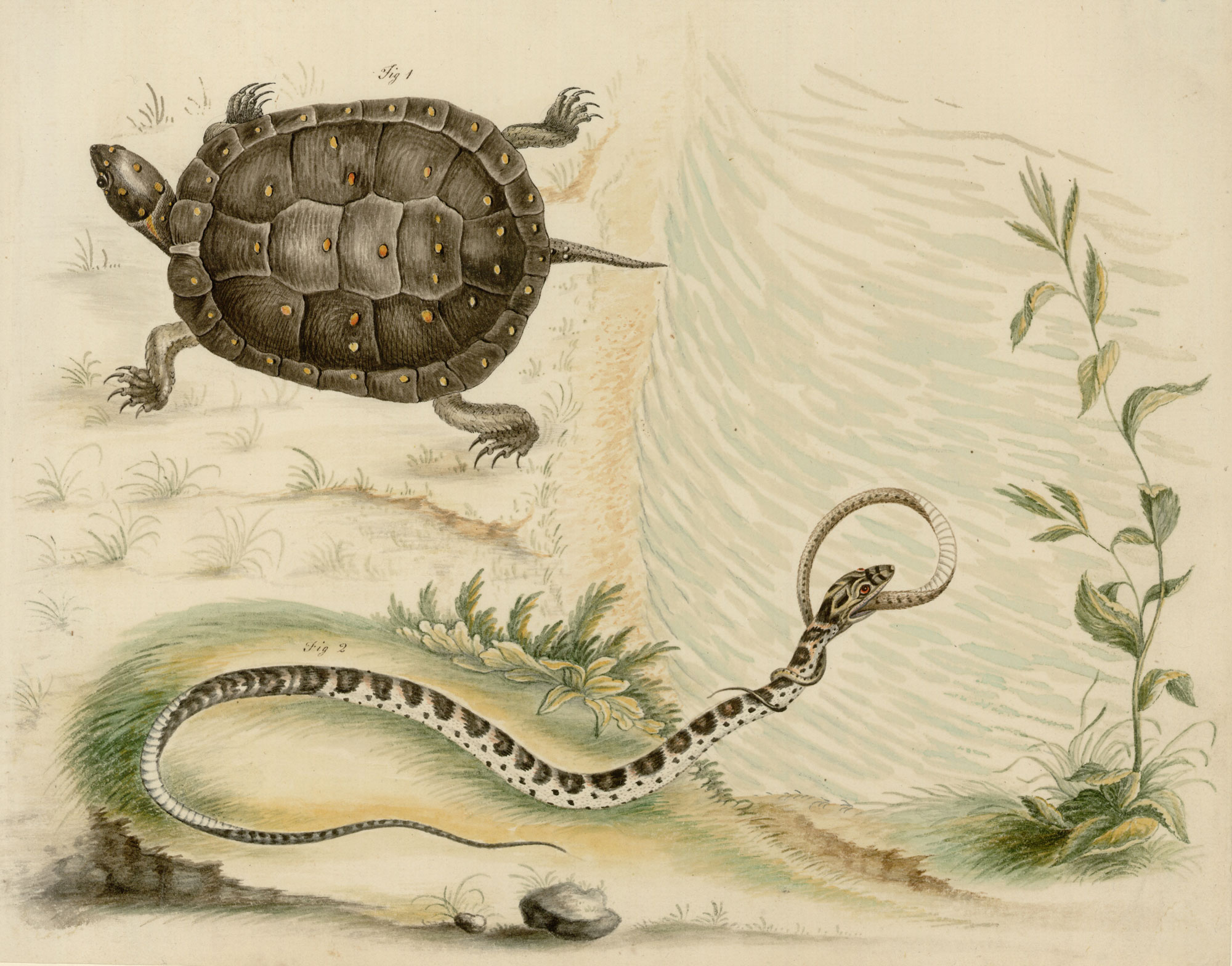
About William Bartram
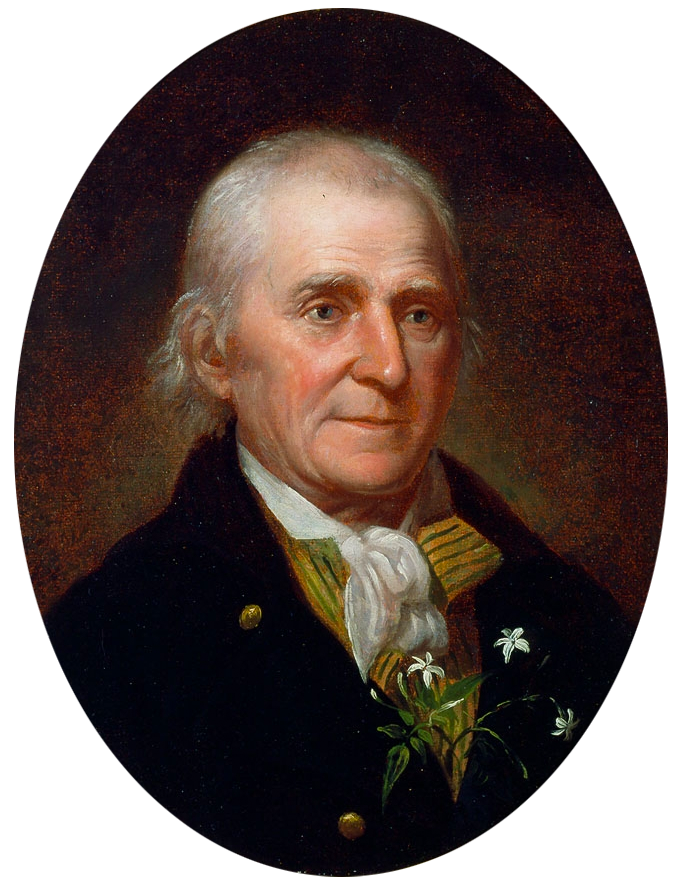
(April 20, 1739 — July 22, 1823)
18th-century American naturalist William Bartram traveled the southeastern United States (then colonial) between the years of 1773 and 1777 documenting and illustrating species of plants and animals previously unknown to western civilization. Bartram was also an astute ethnographer, providing us with some of the only descriptions from that era of Native American villages and customs, all of which culminated in his collection of journal entries into his 1791 publication, Travels.
A Trailblazer From The Beginning
William Bartram was born in 1739 to Quakers John and Ann Bartram of Philadelphia, the fifth of nine children. His father, John Bartram (1699-1777), so it is told, was plowing his fields one day when his attention was captured by the remarkable beauty of a common daisy. The elder Bartram was inspired to study all plants, eventually gaining the appointment of Royal Botanist by King George III in 1763. John’s own dedication greatly encouraged William’s growing interest in the natural world.
As an adult, William attempted business and farming with no success. Close friends of the family tried to persuade his father that he was better at drawing and describing plants and animals than overseeing a plantation, and so, in 1773, he set off alone through America’s Southeast, where he and his father had traveled earlier. On horseback, boat, and foot, the sojourn lasted four years.
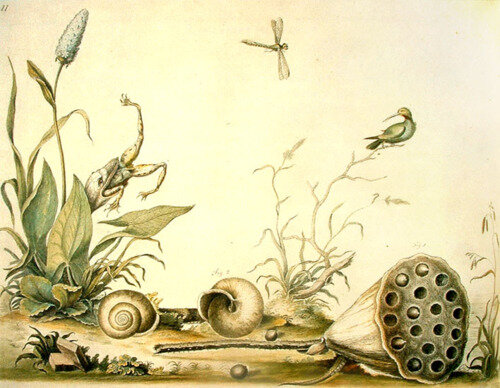
Not only a classic work of American anthropology, geography, and natural history, Travels became popular with early Romantic-era writers and philosophers such as Emerson, Carlyle, Coleridge, and Wordsworth. It remains in print today and inspires all to follow in Bartram’s footsteps.
After returning to Philadelphia, William helped in his father’s nursery business until his death in 1823. Together, William and John Bartram are credited with identifying over 200 native plants, and with the discovery of the Franklinia alatamaha, a now extinct shrub named after friend Benjamin Franklin, which they found growing along Georgia’s Altamaha River in 1765. Indeed, their attentiveness to this beautiful flowering tree ultimately saved the species from extinction. Bartram’s Gardens in Philadelphia has extensive information on the Franklinia, including a census “registry” of the location of cultivated trees across the U.S.
Bartram’s homeplace has survived; the farm still stands a short distance from Independence Hall, and on its grounds, the Franklinia grows in America’s oldest living botanical garden. Our first American president, George Washington, as well as Benjamin Franklin, Thomas Jefferson, and other prominent figures of the time, all visited Bartram’s home in Philadelphia, and it is open to the public today.
Enjoy a virtual tour of Bartram’s Gardens on their website. There also is a wealth of information about the father-son botanist team and an exhaustive listing of books and articles about the Bartrams at the Bartram Trail Conference website.
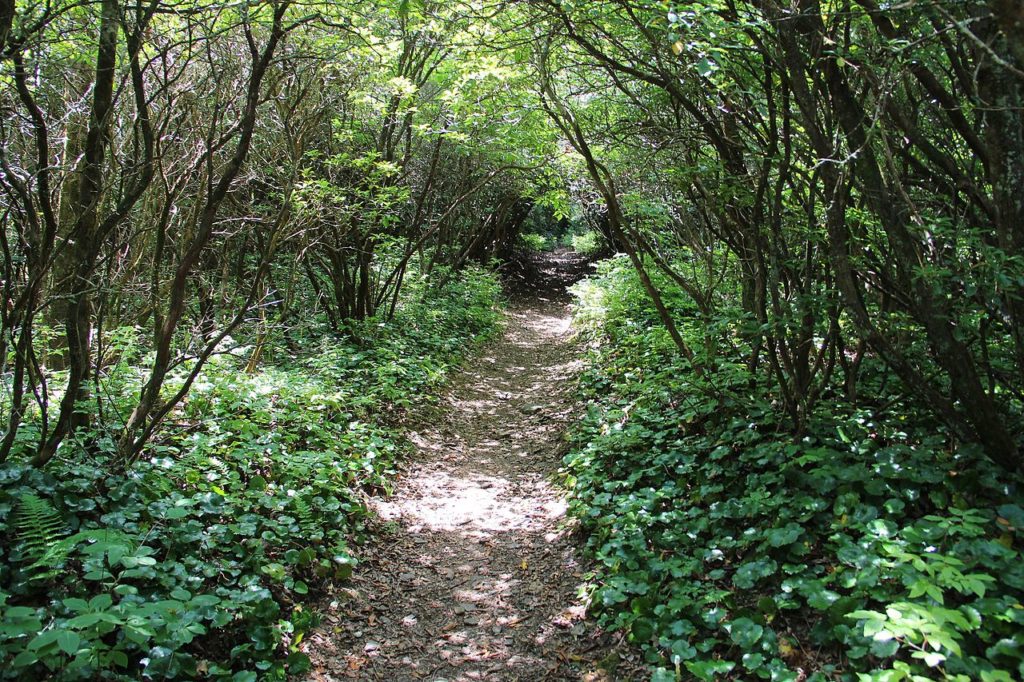
All of nature awakes to life and activity.
William Bartram
What William Bartram Achieved
- Authored Bartram Travels, an anthropology, geography, and natural history classic.
- Identified and described over 200 native plants in the southeastern United States.
- Maintained and created what was to become one of the most significant botanical gardens in North America, Bartram’s Garden in Philadelphia.
- Created a legacy that led to multiple trails and parks in the southeast honoring his name, including the 110 mile long Bartram Trail in Georgia and North Carolina.
- Explored some of the most remote and wildest areas remaining in the southern landscape during that era, leaving behind a significant amount of artwork and writings to document the story.
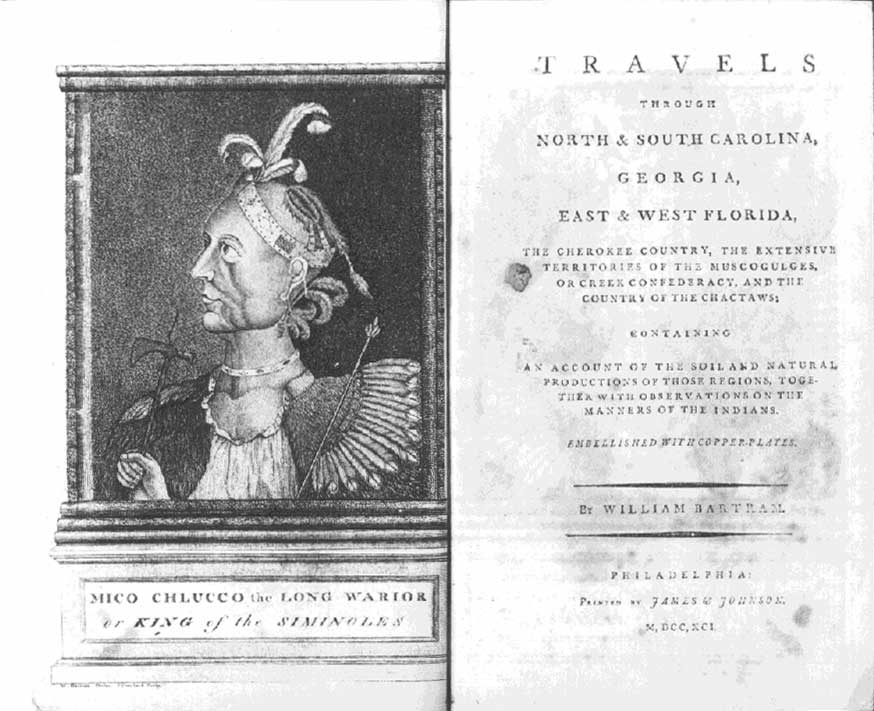
Source: Library of Congress
